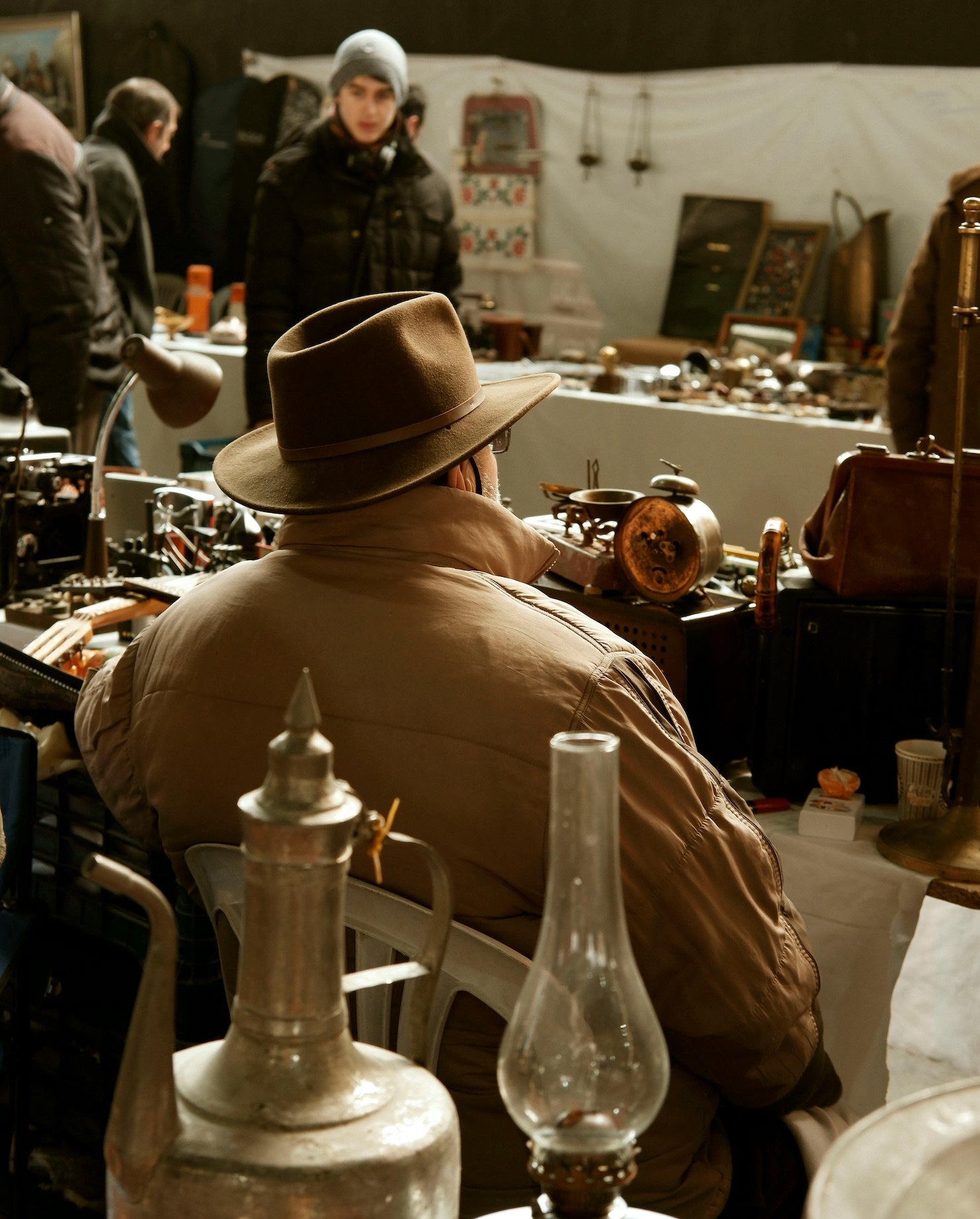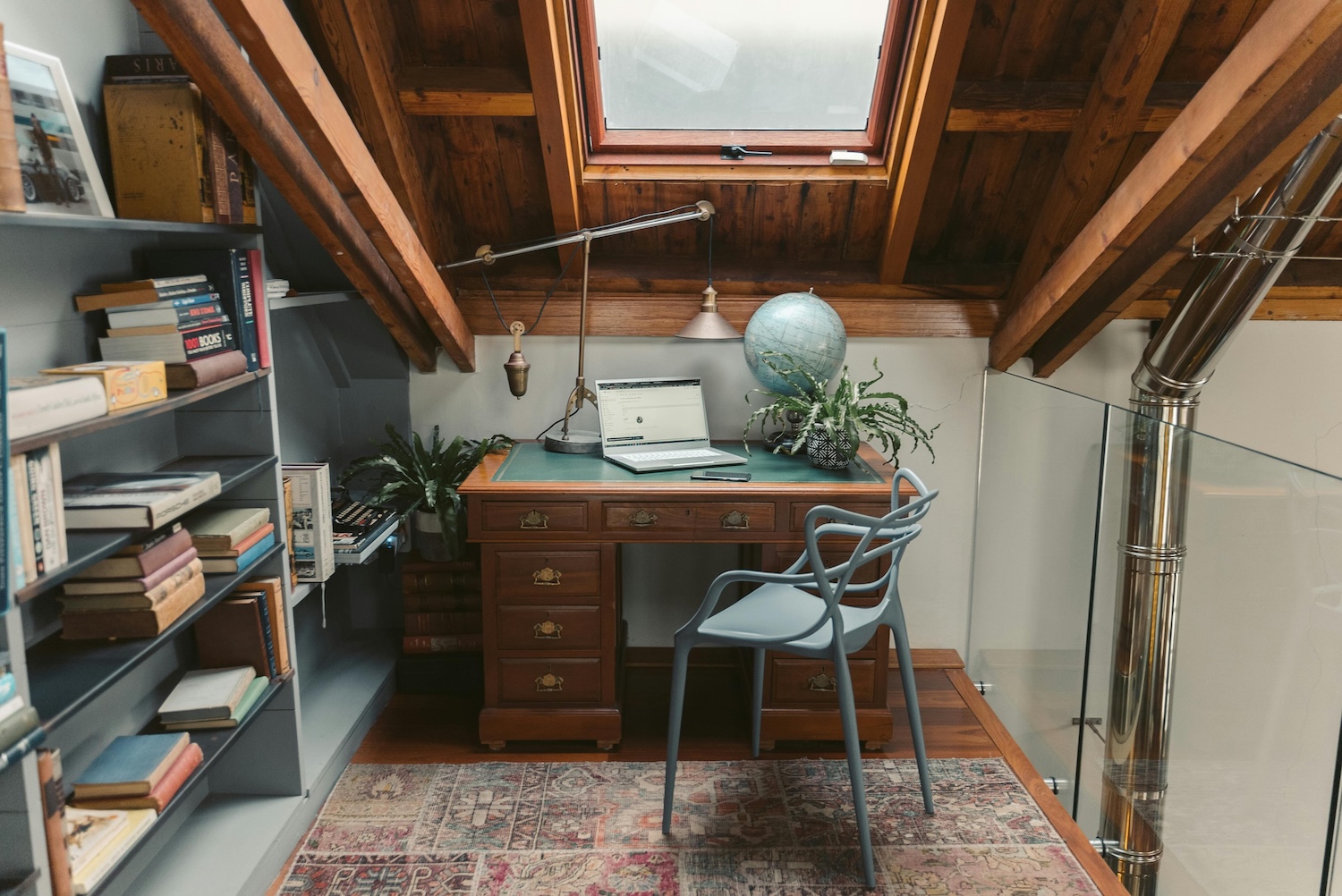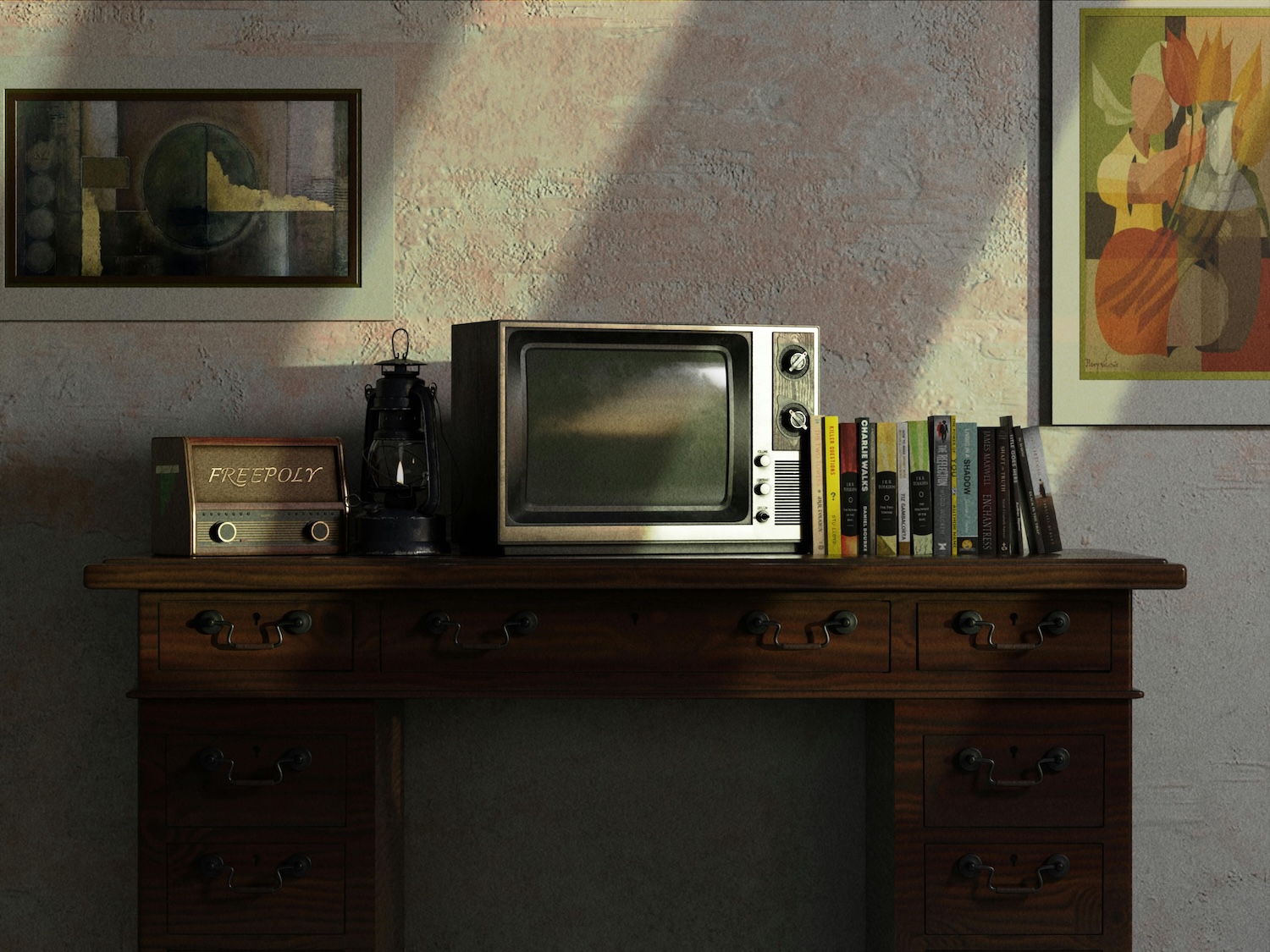How to create curiosity among secondhand buyers
Selling vintage in person? A little curiosity and a well-placed question can go a long way. Here's how to connect without coming on too strong
A version of this article appeared in The Seller Scoop, our biweekly newsletter for vintage, antiques and secondhand sellers and vendors. Stay inspired with your own copy: Sign up here and select the option for resellers.
Recently, I was at a vintage market and sidled up to a booth to see some lovely mid-century glass decor objects the seller had on display.
She was chatting to someone, but it wasn’t another customer. The person was working with her behind her table.
I wanted to ask the seller about a particular piece, and looked up a couple of times trying to make eye contact.
I’m not the type to interrupt if someone’s having a conversation, and I figured the seller would finish up her chit-chat to at least say hello and ask if I had any questions.
She never did. I lingered for about a minute waiting, gave up and wandered away.
I can’t say I was 100 per cent going to purchase something, but I might have been more inclined if we’d had a conversation.
Maybe this seller cared very much that I was there, checking out her stuff — but she didn’t make that known to me.
This type of interaction, or lack of interaction, happens at most markets I attend. It also happens frequently when I walk into a vintage store (maybe it’s me?!).
But…it’s not just me. I’ve had vendors tell me they are disappointed when they see other vendors chatting to each other, or hiding behind a display at shows while the customers walk on by.
The personality push-pull
Maybe the seller is an introvert, you might be thinking.
I get being an introvert. Believe it or not, I am one.
You wouldn’t know it if you saw me at a market, chatting away to vendors. But I had to train myself to do that.
I did it through education. My journalism degree taught me how to question. You want to tell stories for a living? Turns out you have to talk to people to get the stories.
And I did it through practice. Talking to others never came naturally to me. It does now, because I’ve done it long enough.
In the same way, if you want to sell for a living (at least in person, anyway), it turns out you usually have to talk, even just a little bit, to people — unless you get lucky that they’re looking for something specific and seek you out.
Continued below
Get 1:1 help for your shop
Book a consultation
Continued from above
How to create curiosity
If talking to people is really not your thing, you can always sell online.
But if you’re selling in person, you want to build in an opportunity to engage, says Nikki Rausch, CEO of Sales Maven, host of The Sales Maven Podcast and author of three books on selling strategies.
About a month ago, Nikki joined the Vintage Sellers Community to share how to convert browsers into buyers.
There’s a fine line between annoying a potential customer with lots of chatter (many do not want to engage) and ignoring them altogether.
The only way you can figure out where the line lies is by inviting a potential customer to talk by attempting to pique their curiosity, she says. Then you can gauge their response.
If you ask a customer “How are you today,” and the customer responds and asks how you are, you can say something other than “I’m fine, thanks!”
Try: “I’m great! I just picked a fabulous estate and am excited for people to see what’s launching online next week. You wouldn’t believe some of these pieces.”
You’ve now given the customer a chance to ask you more about the inventory. They might follow-up, and they might not, but you’ve given them an in.
And let’s face it, if they’re into the thrill of the hunt, they’re probably going to want to know what goodies you picked up.
Or, if they’re looking at your vintage jean collection: “Do you like vintage Levi’s? I just got a cool pair of Rustlers in, which are similar. Can I show you the wash?”
You didn’t grab the jeans and show them right away. You asked permission. And therein lies the difference, says Nikki. The customer can say yes, or they can say no, but at least they know you care.
“You have to test your response, you have to see how people respond,” says Nikki. “It’s their decision every step of the way.”
Thank you for valuing our work!
Support our work to see this page.
You’ve got a good eye, but this gem is only available for members. Register for a plan or upgrade your current one to peek behind this vintage curtain, or log in below.
















